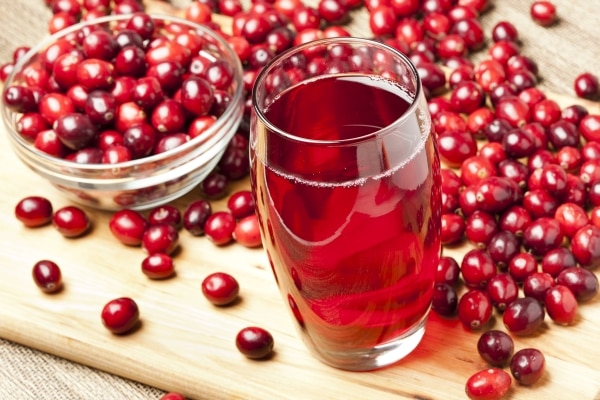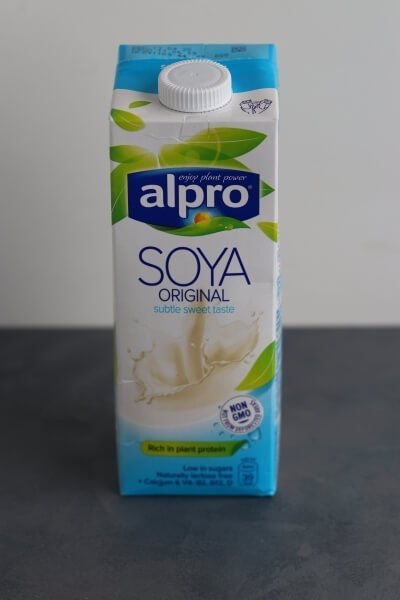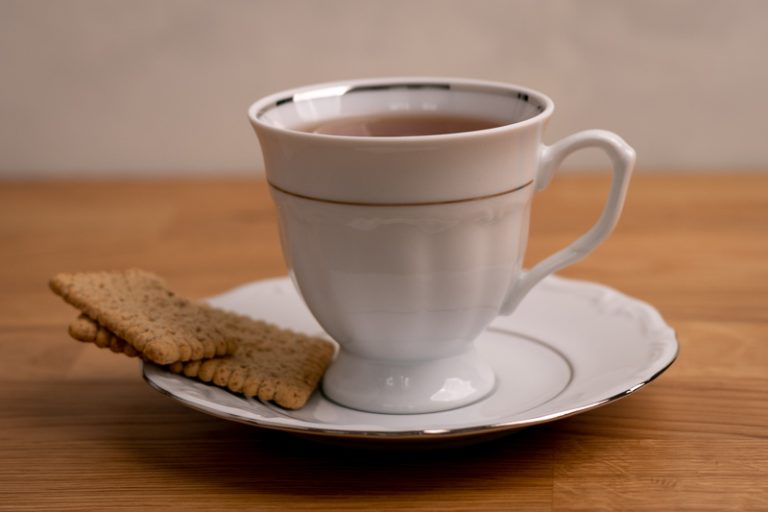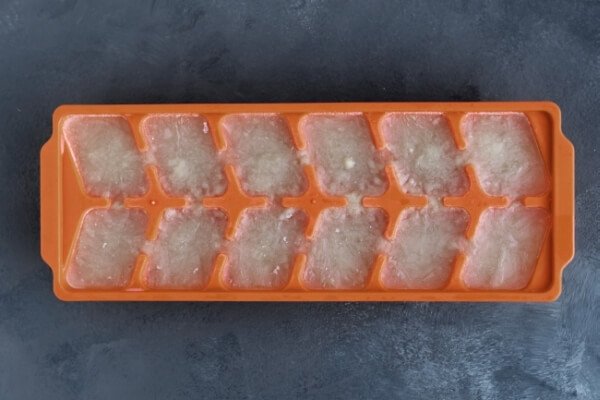Does Coffee Creamer Go Bad?
For many coffee lovers, coffee is infinitely better when there’s a little coffee creamer mixed in it. So coffee creamers are a kitchen staple in many households.
And often they are stored for months at a time, so sooner or later almost every coffee whitener user wonders: does coffee creamer go bad?
Or perhaps you’re drinking coffee only occasionally, and you’re unsure how long a liquid creamer lasts after opening the container. Or if buying one in powdered form instead would make more sense.
Either way, in this article we talk all about coffee creamers. We go through storage, shelf life, and spoilage. And we cover both liquid creamer and the powdered ones. So no matter which one do you prefer, we got you covered.
But before we start, I wanted you to know this article is specifically about coffee creamers (or whiteners). Because of that, we won’t talk specifically about milk, half and half, or cream below.

How to Store Coffee Creamer
There are three popular varieties of coffee creamers available. The first is the liquid creamer sold in fairly large tetra packs and plastic bottles. The second is its mini version: the little sealed cups. And the third one is the powdered whitener. Let’s talk about the storage of each variety one by one.
Any creamers in plastic bottles and tetra packs found in the refrigerated section are almost always dairy whiteners. They usually consist of milk, cream, sugar, and some flavoring. And because of their dairy content, they need to be refrigerated at all times.
So just like you do with half-and-half, once you bring such creamer home, you should put it in the fridge. And remember to keep the container sealed when not in use.
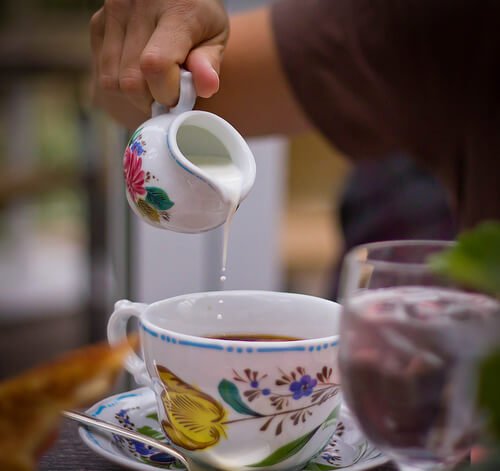
When it comes to tetra packs and plastic bottles that sit on shelves in supermarkets, most of them are non-dairy products (except canned evaporated milk). And as such, room temperature is perfectly okay for an unopened container. You can store them either in the pantry or in the kitchen, just make sure they sit away from any sources of heat, e.g., the stove.
Once you open the pack or bottle, you should keep it refrigerated and sealed tightly when not in use. Pretty much all such products are labeled “refrigerate after opening.” If you found a coffee creamer in the refrigerated section, it’s almost certainly a dairy creamer and should be refrigerated at all times.
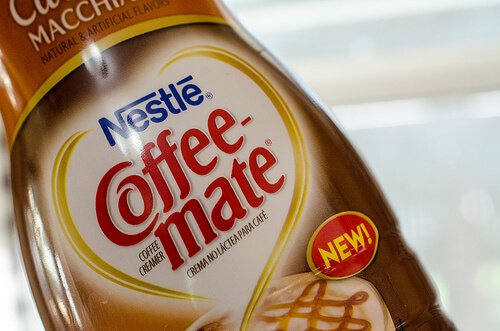
For mini sealed cups, things are even more straightforward. From the moment you buy the package to the moment you open a single cup, you can keep them at room temperature. Again, just make sure the package sits away from heat, and that’s pretty much it.
Last but not least, the powdered coffee whiteners. They’re no different from other powdered products like powdered milk. All you need to take care of is making sure the container is sealed tightly and away from any moisture. That’s about it.
How Long Do Coffee Creamers Last
Once again, let’s go one by one.
Dairy creamers sold refrigerated usually come with a use-by or best-before date. And while you can get away with storing an unopened container for about a week or two longer, that’s about it.
Once you open the container, look on the label for info on how long it remains fresh after opening. If there are no specifics, you can assume that it’s somewhere between a week and two weeks tops.

For whiteners sold unrefrigerated things are quite similar. They come with a best-by date, and chances are if you open one that’s a month past that date, it’ll be perfectly fine.
These creamers have some (or a bunch) or preservatives, so they last quite a long time unopened. Once you open the bottle, the liquid should retain quality for about 2 weeks. Of course, check the label to see if the producer gives any specifics.

When it comes to those tiny sealed cups, they come with a date too. And even if it’s a dairy creamer, its shelf life is usually around half a year or more. These products don’t go bad easily, so even if the cup is a month or so past the date on the label, it’s worth checking its quality.
Last but not least, powdered whiteners. Like spices, these don’t really go bad, but they degrade in taste over time. The date on the label informs for how long the manufacturer expects the powder to keep quality that’s good enough to use. And you usually can get away with using the powder months past that date.
| Pantry | Fridge | |
|---|---|---|
| Dairy creamer (sold refrigerated, unopened) | Use-by + 1 – 2 weeks | |
| Dairy creamer (sold refrigerated, opened) | 1 – 2 weeks | |
| Non-dairy creamer (sold unrefrigerated, unopened) | Best-by + 1 month | |
| Non-dairy creamer (sold unrefrigerated, opened) | 1 – 2 weeks | |
| Mini coffee creamer cups | Best-by + 1 month | |
| Powdered coffee creamer | Best-by + 3 – 6 months |
Please note that all periods above are estimates only.

How To Tell If Coffee Creamer Has Gone Bad
When it comes to liquid creamers, you should watch out for texture change (clumps, liquid becoming chunky), smell change (sour or off odor), and obviously, change in taste.
If you’re afraid that your creamer might be past its prime, drink a teaspoon to check its taste. If it’s good enough, continue using it. Otherwise, throw it out.
Besides those factors, watch the dates, especially for opened containers. If you already store a bottle or pack for more than 3 weeks, just throw it out. Unless, of course, the producer specifies that it stays okay for such a long period.
When it comes to powdered creamer, watch out for texture change and signs of mold. But unless moisture got into the package, the powder should be just fine for years.
The best way to check the quality of a powdered creamer is to actually brew a cup of coffee as a test. If everything tastes okay, then the powder is just fine. If the flavor is slightly off or simply not up to your standard, discard the package.
Rotten Records: Share Your Snap!
Caught some food past its prime? Upload your photo to “Rotten Records” and help others spot the signs of spoilage. Every image makes our food community safer and more informed!
